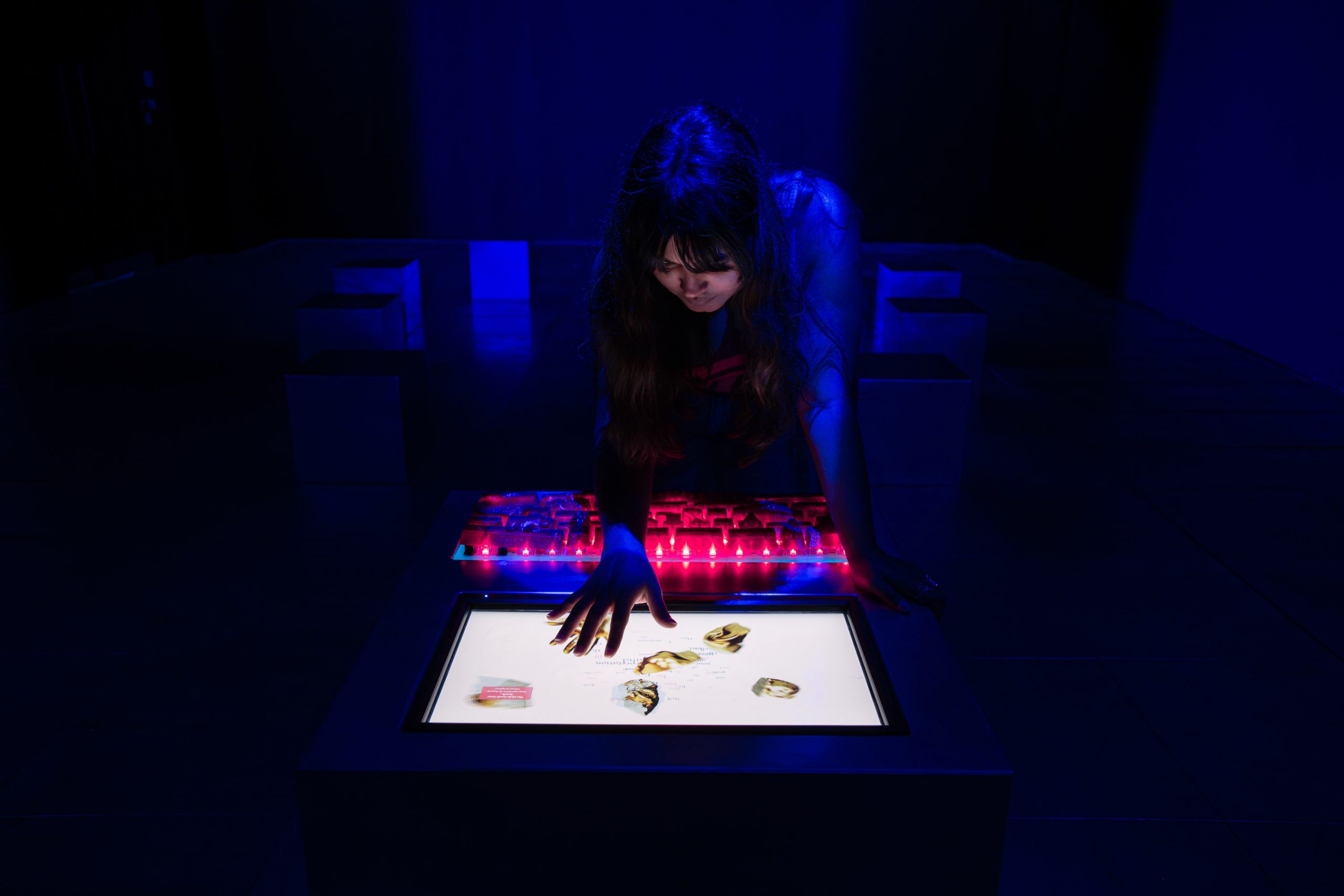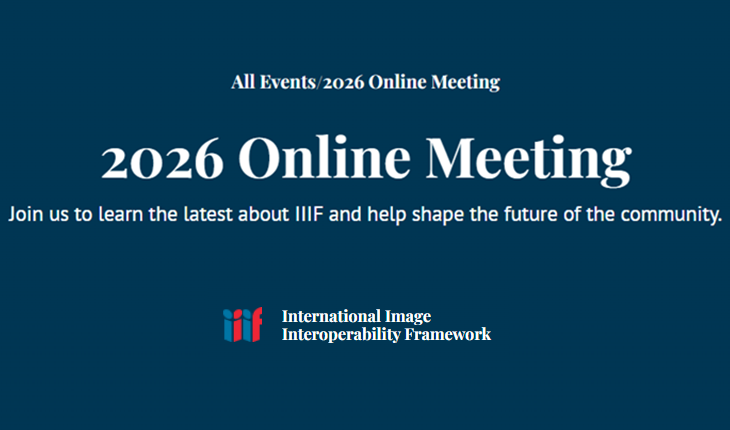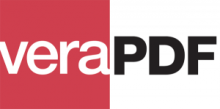 We are pleased to announce the latest release of veraPDF. Version 0.14 features Transparency and Unicode character map validation in PDF/A-2 levels B and U. Other highlights include:
We are pleased to announce the latest release of veraPDF. Version 0.14 features Transparency and Unicode character map validation in PDF/A-2 levels B and U. Other highlights include:
Conformance checker:
-
added all transparency-related validation rules in PDF/A-2 and PDF/A-3
-
added full Level U support in PDF/A-2 and PDF/A-3
-
code refactoring to synchronize GUI, API and CLI interfaces
-
PDF/A-1B fix: check both Tiling patterns used as different fill and stroke colour spaces in the same painting operations
-
added initial versions of PDF/A-2U, PDF/A-2A, PDF/A-3U, PDF/A-3A validation profiles. We now have initial validation for all PDF/A flavours.
Test corpus:
-
added a further 65 atomic test files for PDF/A-2 specific requirements
Infrastructure:
-
a demo of the REST interface is available at http://demo.verapdf.org
Download veraPDF 0.14:
http://downloads.verapdf.org/rel/verapdf-installer.zip
Release notes:
https://github.com/veraPDF/veraPDF-library/releases/tag/v0.14.2
This is the first release of the final design phase which began on 19 April following the PREFORMA Project EC review at the Open Source Workshop.
veraPDF is building the definitive, open source PDF/A validator. The project benefits from a high level of development resource and PDF/A expertise. Please support our efforts by downloading and testing the software. If you encounter problems, or wish to suggest improvements, please add them to the project’s GitHub issue tracker. You can expect a speedy response. Your feedback is very important, it helps to improve the software.
Keep up to date with the latest developments of veraPDF by subscribing to the veraPDF consortium’s newsletter.
About veraPDF
Led by the Open Preservation Foundation and the PDF Association, the veraPDF consortium is developing the definitive open source, file-format validator for all parts and conformance levels of ISO 19005 (PDF/A). The software is designed to meet the needs of memory institutions responsible for preserving digital content for the long term.
The veraPDF consortium is funded by the PREFORMA project. PREFORMA (PREservation FORMAts for culture information/e-archives) is a Pre-Commercial Procurement (PCP) project co-funded by the European Commission under its FP7-ICT Programme.


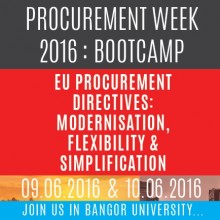
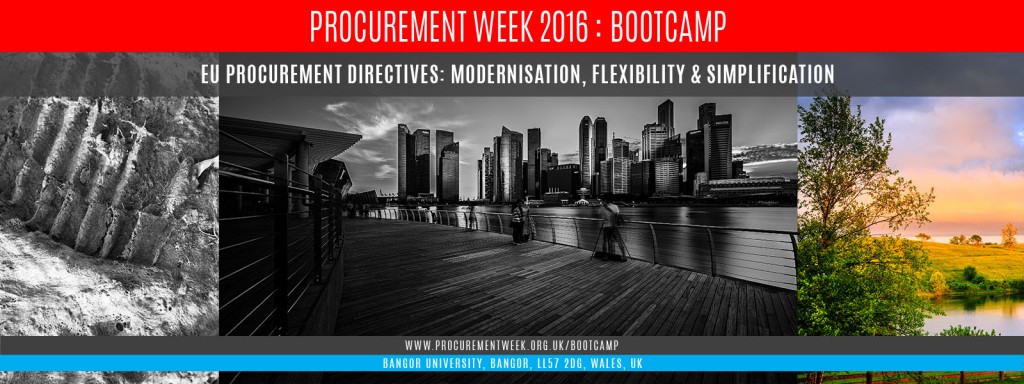
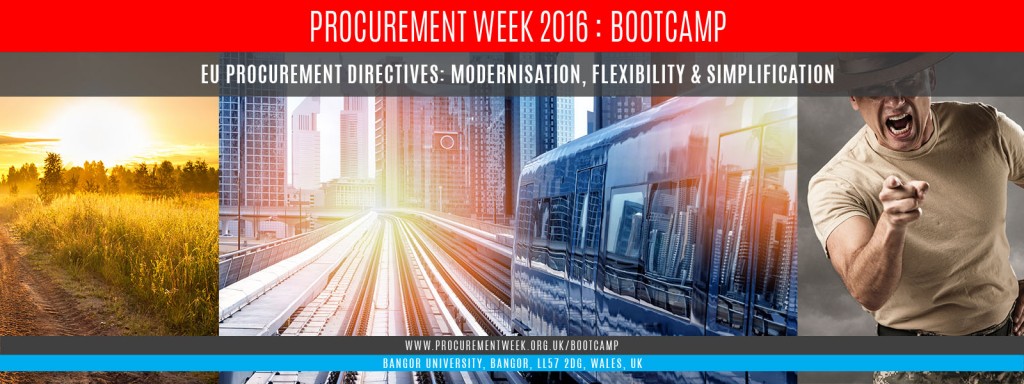
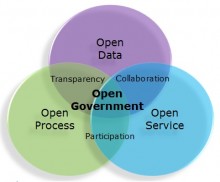

 The workshop aims to generate collective insight into public sector innovation for Open eGovernment Services (OGS). It is clear that OGS require a deep change in the machinery of government, but also they act as an incentive for change through for example increased transparency and collaboration. The study has analysed several cases in order to understand the key costs and benefits of OGS. The workshop now aims to analyse in depth the rationale and drivers behind these cases, in order to draw lessons and develop future scenarios.
The workshop aims to generate collective insight into public sector innovation for Open eGovernment Services (OGS). It is clear that OGS require a deep change in the machinery of government, but also they act as an incentive for change through for example increased transparency and collaboration. The study has analysed several cases in order to understand the key costs and benefits of OGS. The workshop now aims to analyse in depth the rationale and drivers behind these cases, in order to draw lessons and develop future scenarios.
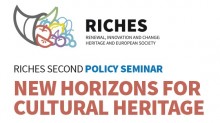
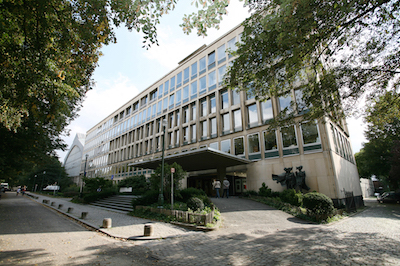 “New Horizons for Cultural Heritage – Recalibrating relationships: bringing cultural heritage and people together in a changing Europe” is the Second Policy Seminar organised by the
“New Horizons for Cultural Heritage – Recalibrating relationships: bringing cultural heritage and people together in a changing Europe” is the Second Policy Seminar organised by the 














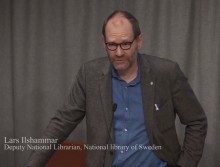
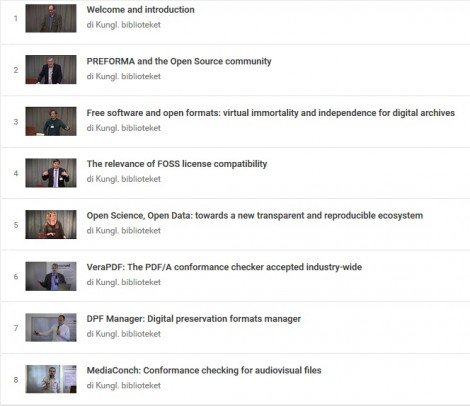
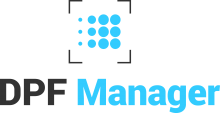



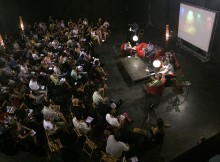
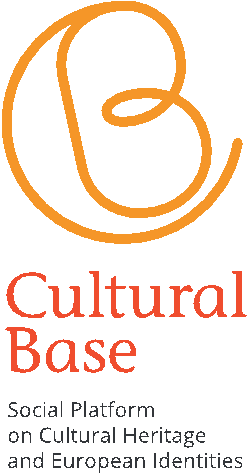 The Major Stakeholder Conference (MSC) “Co-creating Agendas for Culture in Europe. Memory, Inclusion, Creativity” was held in Barcelona (Spain) on 11-12 May, 2016 in the framework of the CulturalBase project, funded by the European Commission’s Horizon 2020 program.
The Major Stakeholder Conference (MSC) “Co-creating Agendas for Culture in Europe. Memory, Inclusion, Creativity” was held in Barcelona (Spain) on 11-12 May, 2016 in the framework of the CulturalBase project, funded by the European Commission’s Horizon 2020 program.
